When looking towards the future, one of the most important things we should prioritize is “future planning.” Reflecting on what you want to achieve in life and how you wish to grow is the first step toward creating a better tomorrow. By setting specific goals and developing an action plan, you can bring your dreams and aspirations closer to reality.
In this article, we will delve into the importance of starting your future planning with self-analysis and explore how to set concrete goals using the SMART criteria. We’ll also share some tips for building a sustainable lifestyle, so make sure to read until the end!
- Self-analysis is essential for effective future planning
- How to set specific goals using SMART criteria
- Action plans for a sustainable lifestyle
Starting Your Future Design with Self-Analysis
To successfully design your future, it’s crucial to begin with a deep understanding of yourself. Engaging in self-analysis allows you to identify your strengths and weaknesses, providing guidance on which direction to take. Knowing yourself forms the foundation for setting future goals and is an essential step toward making better choices.
In this section, we’ll explore how to understand your strengths and weaknesses through self-analysis, as well as approaches to clarify your values and long-term objectives.
Understanding Your Strengths and Weaknesses
Recognizing your strengths and weaknesses is vital for building a solid foundation for your future design. Leveraging your strengths enables you to confidently pursue your goals, while understanding your weaknesses helps you identify areas for improvement. This leads to more realistic and attainable goal-setting.
Start by making a list of your experiences and skills. Clarifying what you excel at and where you face challenges deepens your self-understanding. Additionally, seeking feedback from those around you can provide valuable perspectives that help you view yourself more objectively.
- Gaining confidence by recognizing your strengths
- Understanding weaknesses to identify areas for improvement
- Deepening self-understanding through feedback
Clarifying Your Values and Long-Term Goals
Understanding your values is also essential in designing your future. Values are the principles that guide what you hold dear in life. By clarifying these, your goal-setting becomes more specific, allowing you to pursue a path that truly resonates with you.
To discover your values, reflect on what matters most to you and the lessons learned from past experiences. Listing these out and prioritizing them makes it easier to set long-term goals. Goals aligned with your values contribute to a greater sense of achievement and fulfillment.
- Clarifying your goals by understanding your values
- Reflecting on past experiences to draw lessons
- Goals aligned with your values enhance your sense of accomplishment
How to Set Specific Goals
To design your future, setting specific goals is essential. The clearer your goals are, the easier it becomes to take action toward achieving them. Utilizing the SMART framework can help you establish specific and measurable goals, making it easier to experience a sense of accomplishment. In this section, we’ll explore the concept of SMART goals and how to create a strategic plan based on them.
When setting goals, it’s important to focus on specificity and realism, clearly outlining the path you want to take. This clarity can reduce anxiety about the future and empower you to take confident steps forward.
Leveraging SMART Goals
SMART goals encompass five key elements: Specific, Measurable, Achievable, Relevant, and Time-bound. By applying this method, you can clarify your objectives and make them more actionable.
Instead of a vague goal like “I want to study English,” aim for something more concrete, such as “I want to score 600 on the TOEIC within three months.” This specificity helps clarify your direction and allows for a more structured approach to your studies.
- SMART goals consist of five elements
- Specific goal-setting is crucial
- Setting deadlines makes it easier to take action
Strategic Planning for Goal Achievement
Achieving your goals requires a strategic plan. When creating your plan, it’s vital to consider short-term, medium-term, and long-term perspectives, thinking about what actions to take at each stage. This approach helps clarify the steps needed to reach your goals, allowing you to progress steadily, one step at a time.
Additionally, it’s important to regularly check your progress and adjust your plan as necessary. By reflecting on your achievements and identifying areas for improvement, you can respond flexibly to challenges.
If you’re interested in practical methods for achieving your goals, check out this article on “Creating Goal Achievement Sheets: An Efficient Writing Guide”. This guide provides a detailed look at how to use “goal sheets” as a powerful tool for planning your path to success. Be sure to take a look!
- Plan from short-term, medium-term, and long-term perspectives
- Regularly check your plan’s progress
- Flexibility aids in achieving your goals
Steps to Create an Action Plan
To turn your future plans into reality, it’s essential to develop a concrete action plan. After setting your goals, it’s crucial to think about how to move forward towards achieving them. By preparing short-term, mid-term, and long-term action plans, you can approach your goals in a structured way. In this section, we will discuss how to create an effective action plan and the importance of revising it through feedback.
By formulating an action plan, you will clarify what you need to do, making your daily actions directly aligned with your goals. Additionally, by regularly checking your progress and adjusting your plan as needed, you can more effectively work towards your future aspirations.
Short-Term, Mid-Term, and Long-Term Action Plans
When creating your action plan, it’s vital to consider short-term, mid-term, and long-term perspectives. The short-term plan should include actionable steps that you can implement immediately, while the mid-term plan focuses on goals set over a span of several months to a few years. The long-term plan should outline the significant objectives you aim to achieve in the future.
Setting your goals in stages allows you to accumulate small successes daily, bringing you closer to your ultimate aim. Each plan should be flexible and open to revisions as you progress.
- Set goals for short-term, mid-term, and long-term
- Create action plans in stages
- Accumulating small successes is key
The Importance of Feedback and Revisions
Receiving feedback while executing your action plan is incredibly important. By regularly reflecting on your progress, you can understand what’s working well and what challenges you may face, allowing you to leverage this insight for your next steps. This enables you to modify your plan and discover more effective approaches.
Additionally, input from others is invaluable. By communicating with those around you and revising your action plan based on their suggestions, you can achieve even better outcomes.
- Regularly review your progress
- Identify challenges and apply them to the next steps
- Incorporating feedback from others is effective
Building a Sustainable Lifestyle
When planning for the future, creating a sustainable lifestyle is a crucial element. Reflecting on your life and maintaining a balance while leading a healthy existence supports your journey toward achieving your goals. By considering life balance, you can advance toward your future aspirations while taking care of both your mental and physical health. In this chapter, we’ll explore how to reassess your life balance, as well as strategies for managing stress and improving mental health.
To build a sustainable lifestyle, it’s essential to examine your habits and make the necessary adjustments. Being healthy in both mind and body serves as the foundation for realizing your future plans.
Reassessing Life Balance
Life balance refers to harmonizing various aspects of life, such as work, personal time, and hobbies. An unbalanced lifestyle can lead to stress and fatigue, draining your energy needed to achieve your goals. Take a moment to review your life and see where you’re dedicating your time and energy.
It’s important to adjust your work and personal time as needed, ensuring you carve out fulfilling moments. By focusing on what truly matters to you, you can build a more enriching lifestyle.
- Being mindful of life balance is essential
- Adjust work and personal time accordingly
- Focus on what you truly value
Managing Stress and Enhancing Mental Health
Stress management is vital for creating a sustainable lifestyle. It’s inevitable to encounter stress in daily life, but you can maintain your mental health by managing it appropriately. Practicing relaxation techniques or making time for hobbies can be particularly effective.
Additionally, to enhance your mental health, it’s important to regularly reflect on your emotions. Keeping a journal or talking with someone you trust can help you process your feelings and reduce stress. By safeguarding your mental health, you’ll be better equipped to tackle your future goals with a positive mindset.
Understanding the importance of mental health and stress management is crucial for building a sustainable lifestyle. If this article resonates with you, you might find the article “Psychological Approaches to Life Planning” helpful as well. It offers practical methods for deepening self-awareness and setting goals, providing insights to help you lead a fulfilling life while maintaining your mental well-being.
- Stress management is key to maintaining mental health
- Engage in relaxation techniques and hobbies
- Regularly reflect on your emotions
Conclusion
Planning for your future is a vital process that helps steer your life in a more positive direction. By engaging in self-analysis, you can gain a clearer understanding of your strengths and values, enabling you to set specific goals and create a feasible action plan. Additionally, by building a sustainable lifestyle, you can maintain your physical and mental health while making strides toward your objectives.
Future planning involves many intertwined elements, but by carefully reviewing and executing them one by one, you can undoubtedly move closer to your ideal life. Take a moment to reflect on your own future plans and consider taking that first step toward a brighter tomorrow.
- Understanding yourself through self-analysis is crucial
- Utilize SMART goals to establish concrete action plans
- A sustainable lifestyle supports your mental and physical health
By reassessing your future plans, you can take that first step toward a better future. We would love to hear your thoughts and feedback in the comments!

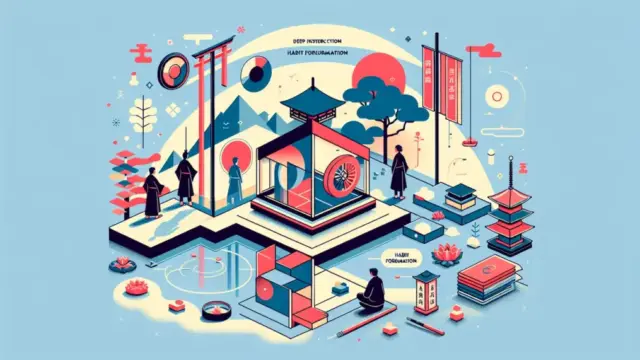



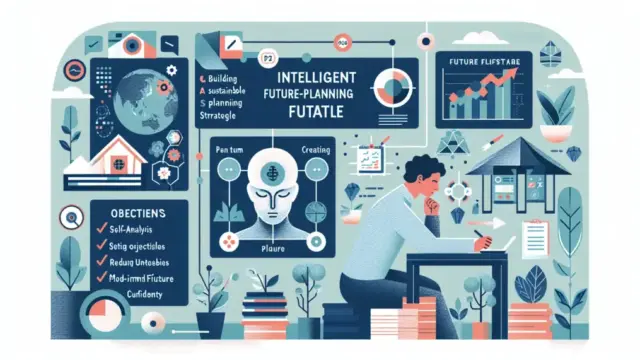






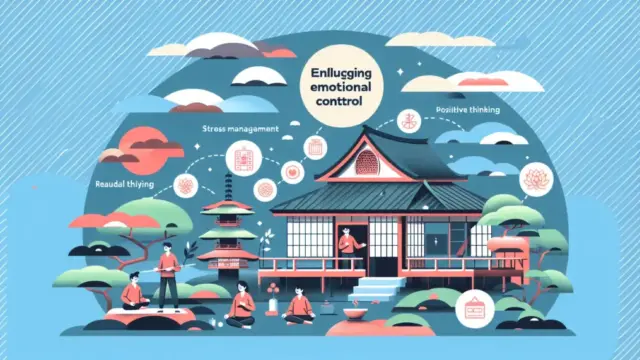










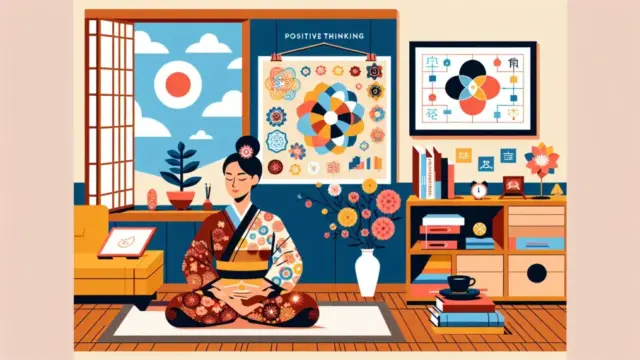

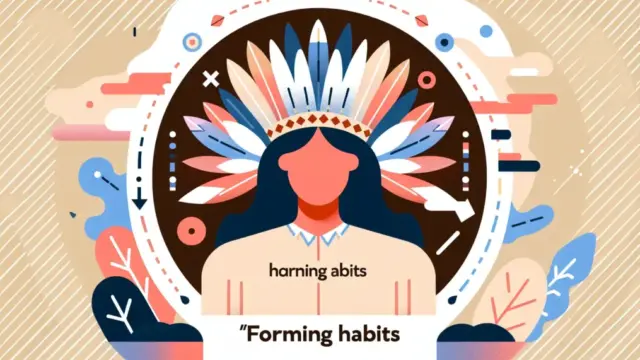




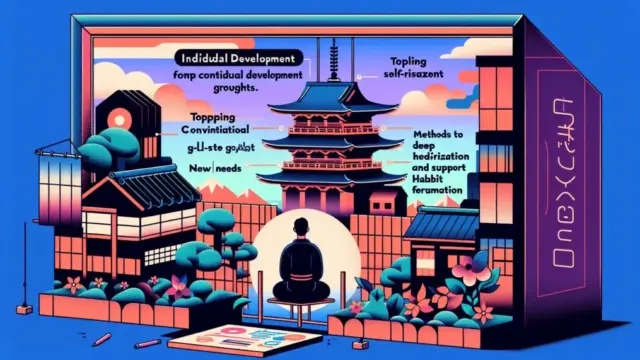





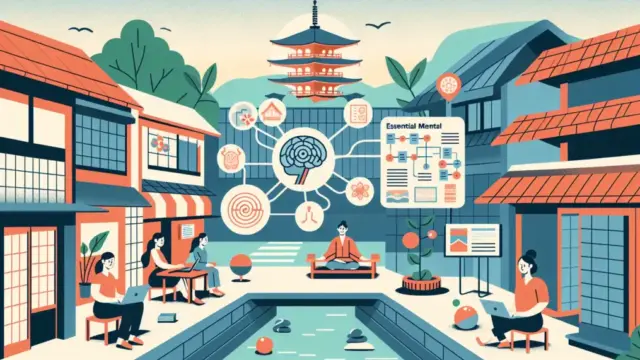





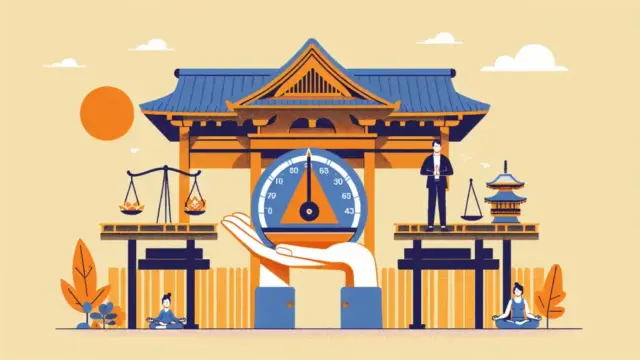





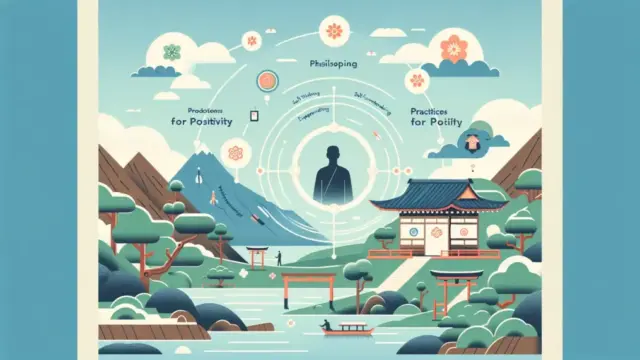
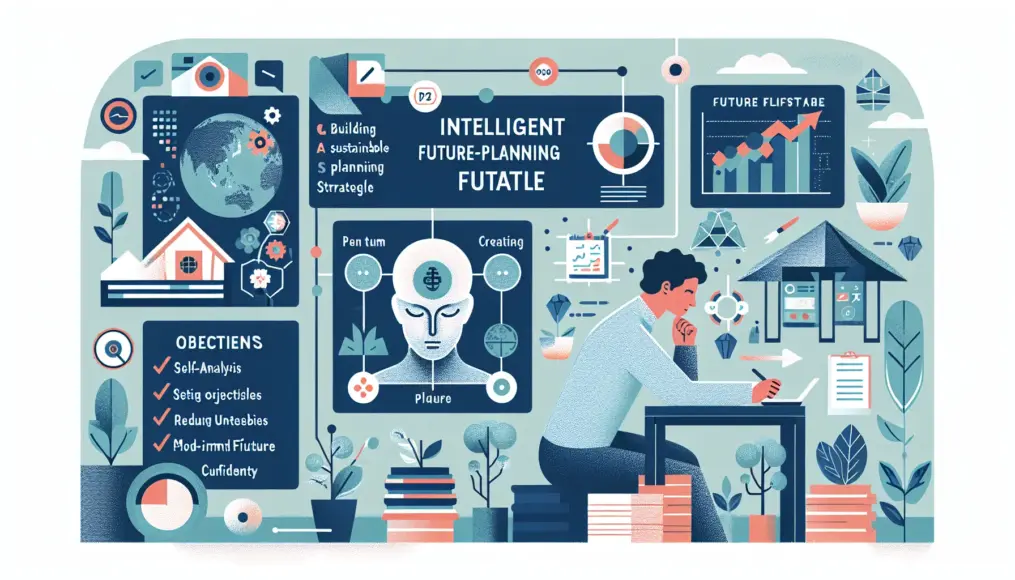

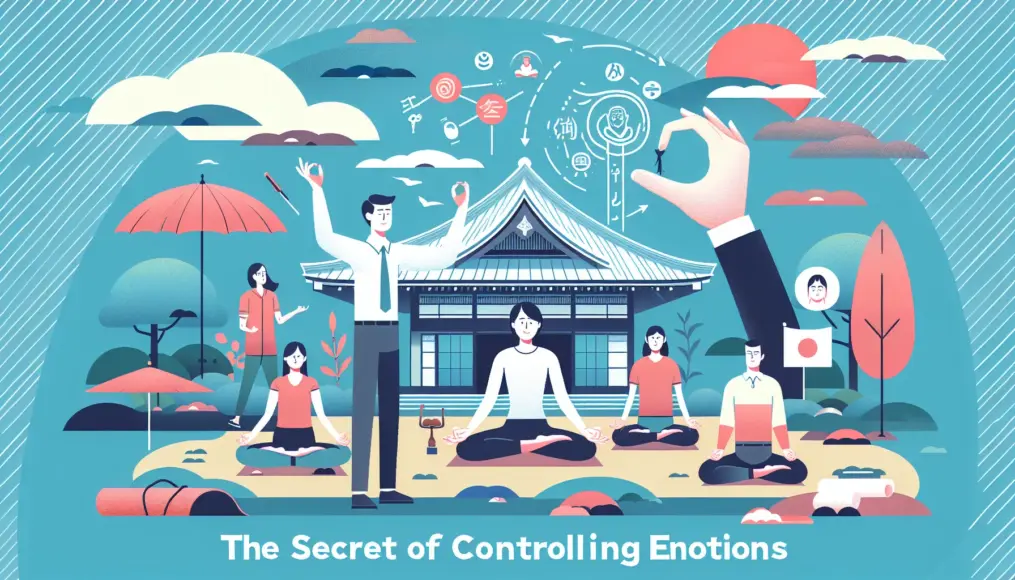
Comment